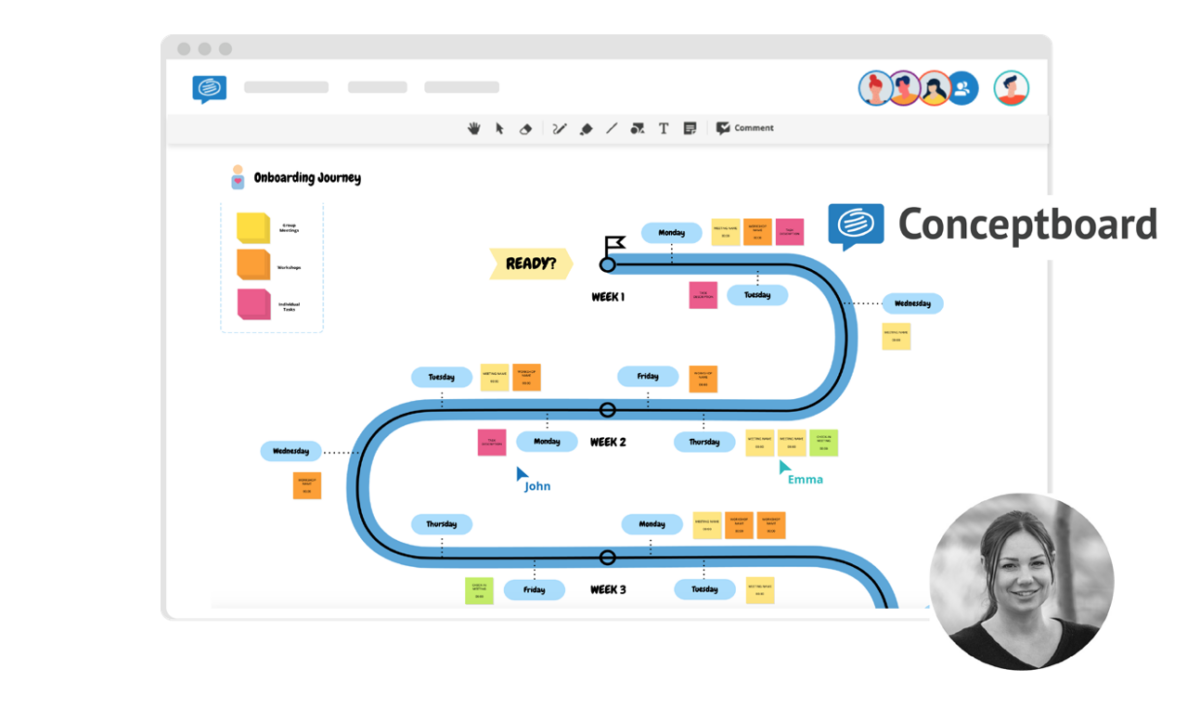The thrill of having a new product in your hands can mean marketing decisions are rushed in order to just ‘get it on sale!’
But in order to ensure long-term viability, it’s important you take a step back and first consider where your product fits in the market. Firstly you should find answers to the questions in your customers minds: Why should I buy from you? What separates you from the competitors? What problem of mine are you solving? Simon Sinek’s Golden Circle tool is a fantastic resource to help you answer these questions.
The answers to these questions will help you narrow down your competitive advantage and unique selling point, thus forming the basis of your product positioning strategy.
Product Positioning: The basics
Put simply, product positioning refers to the qualities that separate the item you’re selling from comparable items marketed by your competitors. At its most effective, product positioning considers the needs of your target audience and how your product can directly address those needs.
Effective product positioning ensures that marketing messages resonate with target consumers and compel them to take action. A well-planned and functional product positioning strategy achieves three key objectives:
- It differentiates your product from competing products available in the market
- It listens to customers values when making purchase decisions
- It highlights the unique selling point of the product or the company that makes it
What to Consider For a Product Positioning Strategy?
When it’s time to plan your product positioning strategy, there are seven key areas you need to consider. If you are completing this at the first stage of your products lifecycle, make sure you establish a plan for growth as your business matures and products change.
1. PURPOSE
Why have you made this product. How will people benefit from buying it?
2. MARKET CATEGORY
Does a category already exist for your product, and do you have competitors, or are you inventing a completely new market?
3. CUSTOMER PAIN POINTS
What problems or pain points are you solving? Can you position your product as a clear solution to these problems?
4. KEY DIFFERENTIATOR
How and why does your product provide a better solution than anyone else out there?
5. BRAND IDENTITY
Have you got a strong logo, tagline or symbol that customers can recognise without your brand name? If not, what do you want it to look like, and what story should it tell?
6. VISION FOR THE FUTURE
Where do you see the product going? Will it evolve, extend it’s range or is it only a limited-time special.
7. PRODUCT POSITIONING STATEMENT
Now it’s time to pull all your answers together into one succinct statement that reflects the product. It’s meant to be used as an internal tool to align marketing efforts with the brand and value proposition.
You can use this statement template from Hubspot and fill in the blanks.
For [your target market] who [target market need], [your product name] provides [main benefit that differentiates your offering from competitors] because [reason why target market should believe your differentiation statement.]
Use this example positioning statement from Amazon below for guidance.
For [customers] who [want to purchase a wide range of products online with quick delivery], [Amazon] provides a [one-stop online shopping site]. Amazon sets itself apart from other online retailers with its [customer obsession, passion for innovation, and commitment to operational excellence.]
Pricing Positioning
The final step in the product positioning strategy is pricing.
Are you looking to maximize short-term revenues or profit? Are you seeking higher profit margins in a luxury market with sporadic sales? Do you need to undercut to gain penetration in the market? Or, is your business in survival mode?
Once you identify your pricing objectives, plot your prices and those of your competitors on the price-value matrix in the template below.
You’ll clearly see how your pricing lines up with your objectives. If your rates aren’t matching your brand positioning strategy or are saying the wrong things about your brand, consider tweaking your prices to position your prices more appropriately.
Collaborating on a Template
Now you’ve gathered the information, it’s time to visualise your strategy on our diagram. By using a shared workspace such as Conceptboard, it makes easier to share research across departments a well as inviting the necessary stakeholders to fill the gaps on different pieces of the product positioning puzzle.
We’ve made a simple, four quadrant template that can be used to help you with the final step in the product positioning strategy & pricing. The position of your products within this matrix is a function of your brand proposition, your competitors, and your pricing objectives.
Within the template, place sticky-notes to identify comparable products according to their price vs company assets. Then plot your competitors on the same graph according to their perceived value and pricing, and then collect the results.
Don’t forget our library of incredible resources that can help you with all aspects of business management such as the Risk Matrix to help evaluate and plan for risks, and the versatile SWOT Analysis template.






